Interactive Dreams: 25AV in Focus
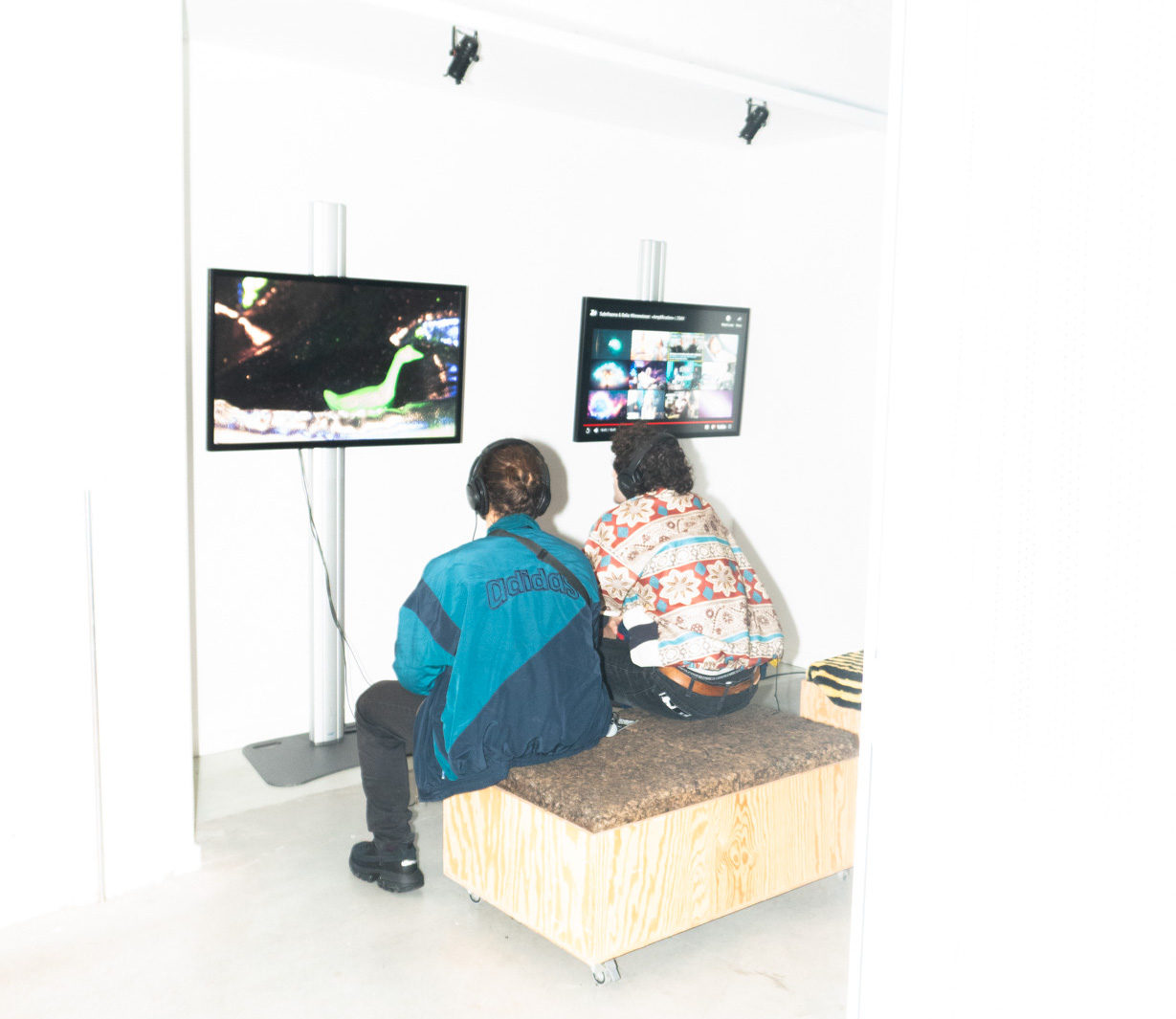
This year saw the introduction of a new collaboration between Radio Raheem, Radio 8000 and Kiosk Radio – the goal being to spotlight audiovisual creators and musicians, pairing them collaboratively to create pieces of work which could be displayed at galleries and venues across Europe.
25AV is a celebration of all things audiovisual – designed to act as a platform for aspiring designers and musicians to collaborate and submit work to the project. With over 300 submissions, four were then chosen to be showcased at venues across Europe.
Musicians and visual artists were invited to collaborate in pairs, to create works of art which challenge the senses, capture an ambience and offer an insight into the future of audiovisual collaboration.
Powered and funded by the European Union, the winners of the prestigious competition were then invited to showcase their work in Brussels, Munich and Milan. This weekend will mark the final showcase in the Italian capital.
We spoke to each of the winning pairs: Nicolò Cervello & ABADIR, Wiet Lengeler & Wilted Woman and Noam Youngrak Son & Colette Aliman.
Nicolò Cervello & ABADIR’s winning entry ‘Kitbashing’ is described as follows:
“In the digital world, users spend an extensive amount of time watching, scrolling, liking, commenting on and sharing content, while feeding tons of data to social media. Platforms like Facebook, Instagram and Tiktok can be fun and informative, or draining and ambiguous. Either way, their algorithms are purposefully designed to lock users in a continuous state of scrolling. The more time spent online, the more our desires, interests and emotions are fed into the algorithm for consumerist purposes.
‘Kitbashing’ is an attempt to break this pattern: a way to subvert the dynamics by feeding on the algorithm instead of only feeding it. Using short audio snippets from Instagram’s reels, suggested posts and sponsored ads, sound objects are cut and meshed together into a collage that provides the base of the whole A/V piece. The tension is built gradually falling into a release, and the rhythm keeps expanding and contracting, simulating the pace of random scrolling on the mobile devices. Under a blanket of lush textures, micro-edited snippets of hacked audio add playfulness to the piece.
Informed by the audio samples, the sound-reactive 3D visuals built in Unreal Engine, are inspired by recurring materials found online; a mesh of objects collected over the years, from metal structures, construction sites and industrial machines. All of these repurposed materials are balanced with organic elements and come together to create a whole new, non-existing virtual world. The video has been performed in real-time, recorded, and edited to retain the best composition and motion.”
You focussed on the topic of social media as an inspiration behind the conceptual design here, to what extent does social media influence your own creative outlook?
Nicolò: I think the social media inspiration is less obvious for the visual aspect of the piece. Unlike the music, it doesn’t sample or clearly reference anything directly. It’s more of a reimagination of things I saved or liked scrolling through Instagram, that I then tried to recreate/remake in my way, piecing together assets I already had on my computer (that’s where the titles come from) while reacting to Rami’s music output. So, in a way, the piece is derivative of my personal social feed, while never directly mentioning or alluding to anything specific to the platform.
To what extent do you feel social media directly informs your own art and music?
ABADIR: For me social media has always been crucial to my creative outlook. Being engaged with social media, it makes me updated with what’s going on in the electronic music scene whether culturally, or technically in music production. On the other hand, I follow many accounts, pages and channels active in the field of critical theory, politics and digital media in general which are fields inspiring me for conceptualising my works.
Nicolò: I agree with Rami’s point. Although I don’t think it’s crucial for one’s creative output, and I personally wish I could be less influenced by it. But it is very convenient to keep connected and updated on the surroundings of one’s practice: art scenes, artists, galleries, software, techniques etc.
What did the process consist of and how did you dissect the clips and reconstruct them for the purpose of this project? Why did you choose certain sound bites and why did they appeal to you in particular?
ABADIR: During my scrolling on Instagram and Tiktok, I kept saving videos with interesting sounds. It could be an ad, a music production tutorial, someone talking or lecturing, a rap acapella, an old documentary or forgotten club track, and so on. Then I downloaded them and spread them in an Ableton session to cut them into a sample pack serving the project. Further on, after building this library of sounds I started to use them in the project. You can easily hear them in many sections as a collage of micro-edited sound clips, in other sections they appear stretched enough to form for instance a synth pad or sound textures or the main atmosphere. The appeal of these clips is simply how they can easily stick to my ears and how diverse they are as my social media algorithm, so the clips have to sonically represent my algorithm.
How often do you spend scrolling?
ABADIR: 24/7. It’s an exaggeration of course, but I spend so much time scrolling.
Nicolò: Unfortunately same, even when I try to make a conscious effort not to stay on. It’s really difficult to completely disengage.
There is a fast paced and frenetic energy to the piece, was this intentional?
ABADIR: Totally yes, it’s a way to mimic the scrolling pace. The different tempos and the exponential rhythms are serving the purpose aesthetically. Moving from a slow viscous part to a fast one, exponentially or suddenly or after a static tempo simulates the scrolling cycle. Sonically speaking, I’m in general more into playful or emotional sounds and it’s been years I’m avoiding abstraction and darkness.
There is also an element of world building and ethereal reconstruction, it’s not all bleak, at times it’s beautiful, does this reflect your own experience with social media?
Nicolò: Yes, absolutely. I see socials as simple tools, so they never are inherently good or bad, their character is always up to the way they are used. The many ways you can interact with them, by design, produces an array of different experiences and outcomes, some bound to be good, even beautiful, some chaotic, some bleak and so on. Our project is just a reflection of that. I built each part for the visuals as a reaction to Rami’s output, so that the tone is always set by the music first. In that way the visual output is always going to be a reflection of both our experiences.
How do you feel about having been involved in the 25AV project, why is it important that such projects are supported and funded?
ABADIR: It feels great. What I like about the project in general is the collective effort by three radios located in three different cities. This extends to bring collaborative A/V projects. When I heard about 25AV, I thought it’s the perfect chance to develop a full work with Nico after our great experience together in making the video of my last year’s album.
Nicolò: Yes, I think it’s an important platform to have in the field. And I believe (and hope) it has the potential to grow even more with each iteration. As of lately A/V has become increasingly important in the live music sphere, with festivals and all that. Having a platform that can help and fund new and up and coming projects like ours I believe is crucial for the wellbeing of the live music industry as a whole. I have to say that I am also very pleased with the organisation and the way things are going so far.

Wiet Lengeler & Wilted Woman worked together to create ‘UN TWO DREI’.
“Berlin-based musician Wilted Woman and Brussels-based video artist Wiet Lengeler have created three analog video synth meditations drawn from three minimalist ambient compositions of slow tonal movements. Un Two Drei invites the viewer to experience 3 colourful, multi-sensory tableaus that transcend both sight and sound.”
How did you approach the collaboration initially? Did the visuals inform the music or the music the visuals?
Wiet: We sent over stems and bits to each other and then built on top of that.
Wilted Woman: We approached the collaborations with open minds after crossing paths a few times and enjoying each other’s work. We worked in a back and forth process.
How does the finished product make you feel and how would you like it to make others feel?
Wilted Woman: We don’t want to control how this piece makes people feel. It was the result of spontaneous output and iteration but it wasn’t neccessarily emotionally driven.
The end result is very transcendental – was this the intention and to what extent does transcendence inspire you?
Wiet: I think for me, just playing with simple alternations of bright colours and textures, making videos was a way to cope during and after being on lockdown.
Wilted Woman: Mission accomplished.
The colour palette used throughout is quite stark and bright, reminiscent of electrical undercurrents and early television visuals, was this planned or intentional?
Wilted Woman: The equipment used was old analog gear originally made for crt television so it was definitely intentional.
From where do you draw your influences?
Wiet: I come from an animation background. I really like early formal studies and cameraless experimental cinema. Artists that come to mind are James Whitney, Len Lye, Saul Bass or Andrzej Pawlowski. But also just old music videos and cyberpunk movies.
Wilted Woman: For the sound i was just thinking about slowness and minimalism. We are both really interested in feedback systems and relied heavily on feedback for both the audio and visual elements.
How do you feel about having been involved in the 25AV project, why is it important that such projects are supported and funded?
Wilted Woman: It was great to be included in this project. It is rare to have any financial support for this kind of work so we really appreciated being given this platform. We hope that many more artists can benefit from this funding and space to experiment in the future.

Noam Youngrak Son & Colette Aliman ‘Cook Quantitively With Energy’.
“Join Ursula and special guests on the show Cook Quantitatively with Energy to construct a recipe for living through these trying times of energy and media politics. We will discuss how to conceptualize energy consumption and relate it to the many different bodies that are using and being exploited by an energized apparatus of commodity. In the end, we will create an energy dough that prophesizes equal distribution of energy across species- to radically reform and create a shared agency in the energy industry and media platforms.”
There’s a lot to take in from this project as a visual display, at times it’s overwhelming, is this an intentional reflection of the overwhelming nature of the online world?
Colette: Yes we used a lot of visuals and choreography that we find in our online world(s) to convey the meaning of concept and research.
Noam: We did not try to make the project particularly overwhelming, however, the frantic nature of the attention economy was revealed naturally through the screen recording of banal platforms such as YouTube and Instagram.
The use of glitching imagery reinforces the somewhat static infused soundtrack, how did you approach the design of this?
Colette: It naturally came together- the glitch and abstraction of the sounds from different field recordings as well as visuals that we developed ourselves or were AI generated. This mostly happens during the end
Noam: No glitches were artificially added. I understand it as a temporal-non-coincidence that happened to occur from the conditions in which we were working. I could not afford the state of the art tools that can render seamless images.
The colour palette used weaves between grungey textures and almost oppressively bright tones, what do you feel this adds to the piece?
Noam: The fleshy blue color originates from the Oversized Shirt Dress that I purchased from COS two years ago. Unfortunately it is no longer available. The textures of rendered frames were included in public domain 3D models that I could find online. I think the unmediated tones are the characteristic of free images.
Colette: We think it adds this idea of over saturation as well as the same time deterioration that creates something new or future thinking.
From where do you draw influence?
Colette: Our influences are from doing research, our life experiences as users of social media apparatuses, and just our interests in how to make sense of the now with the energy crisis and how we can help other people embody it.
Noam: I recently went to the concert of Yaeji, a Korean-American singer, DJ, and producer based in Brooklyn. I believe she is the Theresa Hak Kyung Cha of our time. I’m a fan of Mary Maggic, Mindy Seu, Idil Galip, and UNOS.
How do you personally engage with the online world, are you active on social media and to what extent does it influence you?
Colette: We are both active on social media but mostly through publicizing our practice and network. Personally we keep our distance with our private lives.
Noam: I’m crucially reliant on social media for commodification of my own work, and I’m looking for an exit strategy.
There is satirical humour dotted in part throughout this, but with an ominous tone, what does this add to the piece?
Colette: This methodology is what is used a lot in social media techniques to talk about heavy subjects, but in a jokey manner. Humour opens up more space to talk and safety to experiment with different ways of addressing important topics, but of course with ethics and care.
Noam: I have always been very serious.
How do you feel about having been involved in the 25AV project, why is it important that such projects are supported and funded?
Colette: It is important that projects like these are funded as it was very special to give monetary, technical and spacial support to allow collaborations between persons who don’t live in the same region. It is sometimes hard to find time and the economics to make these collaborations feasible enough to put into practice.
Noam: I was pleasantly surprised by the quality and diversity of the works that the 25AV platform gathered and supported. I’m genuinely grateful for the support and gestures of care that every constituent of the platform provided.
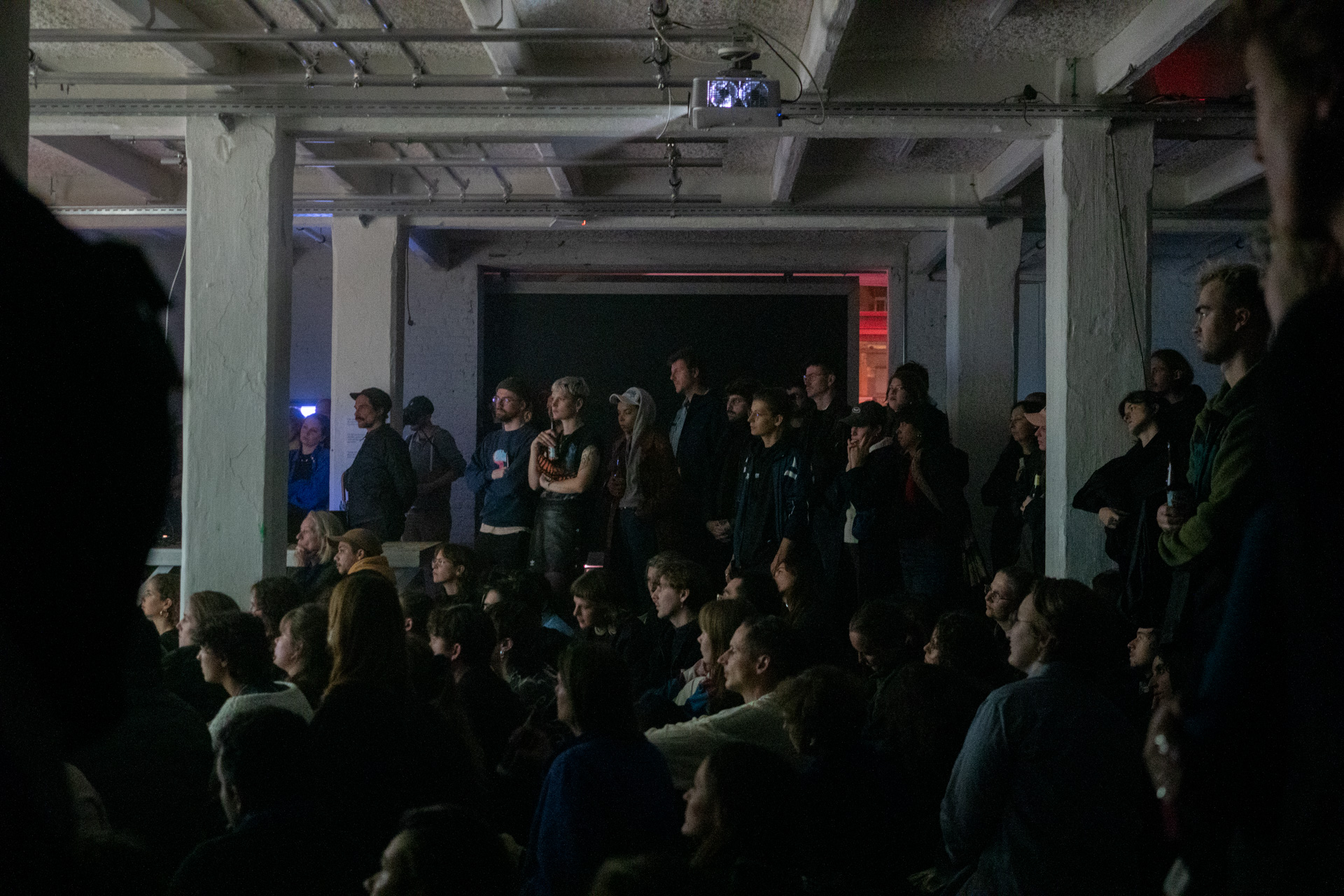
Full details on the 25AV project can be found HERE.


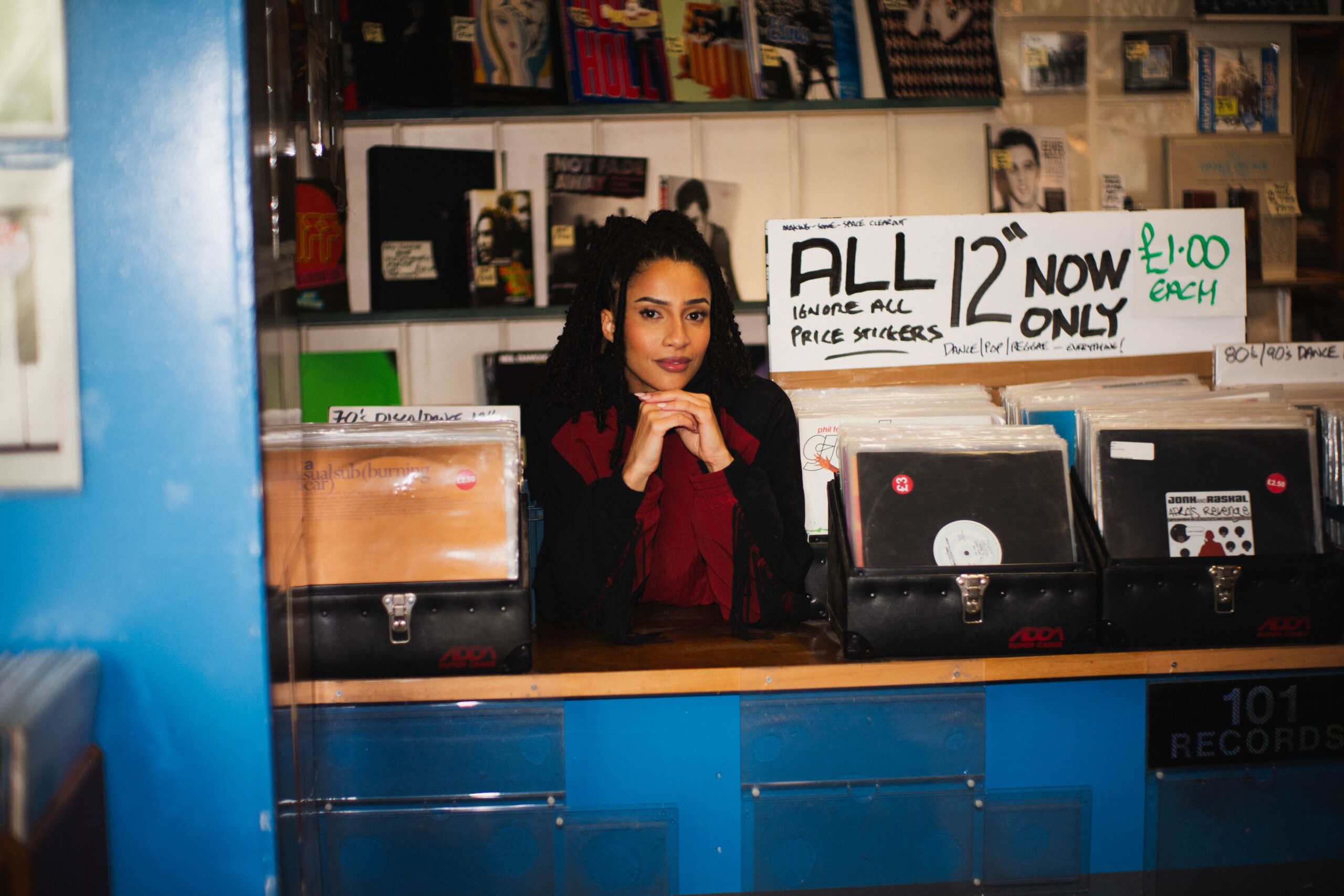
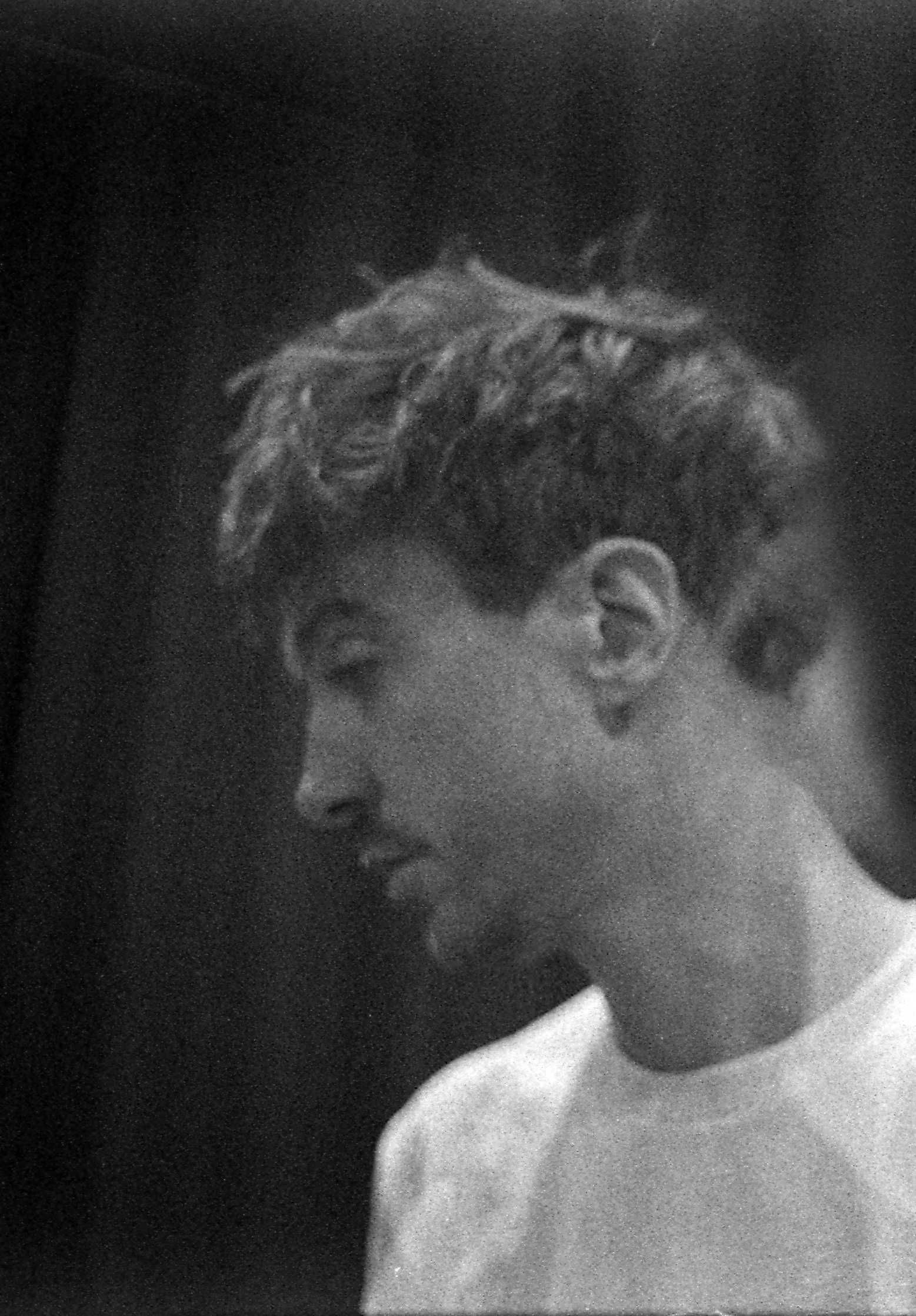
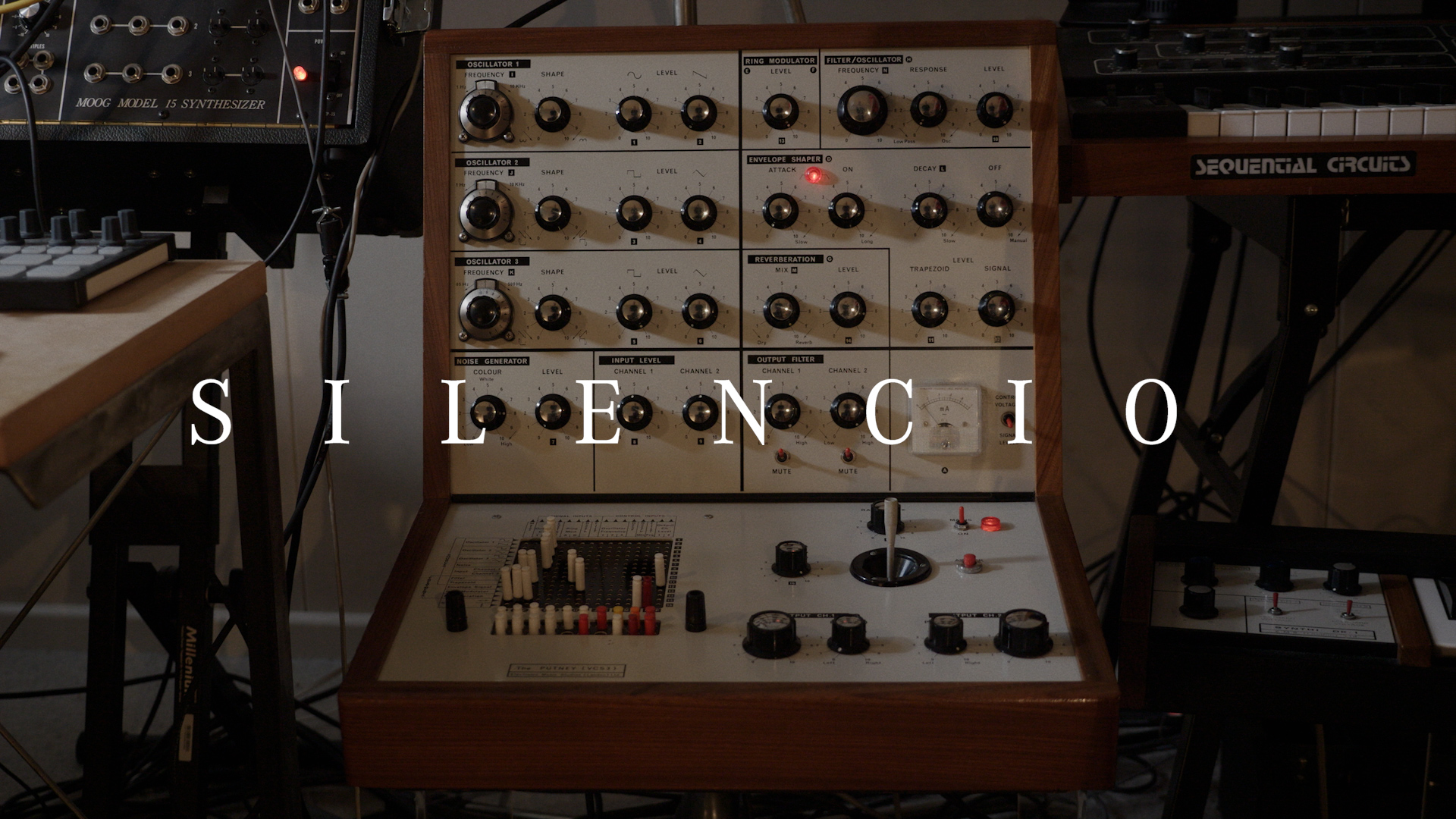










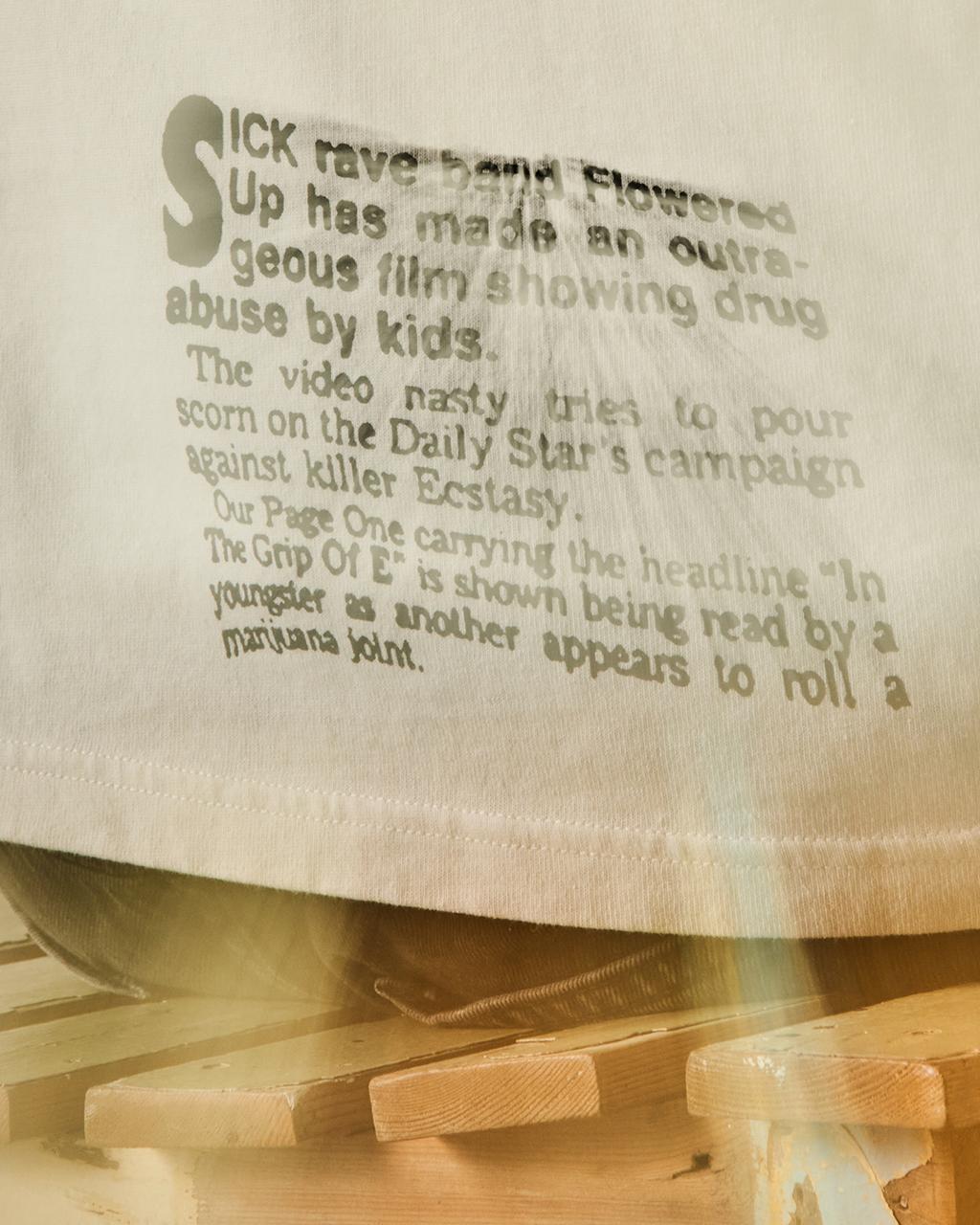

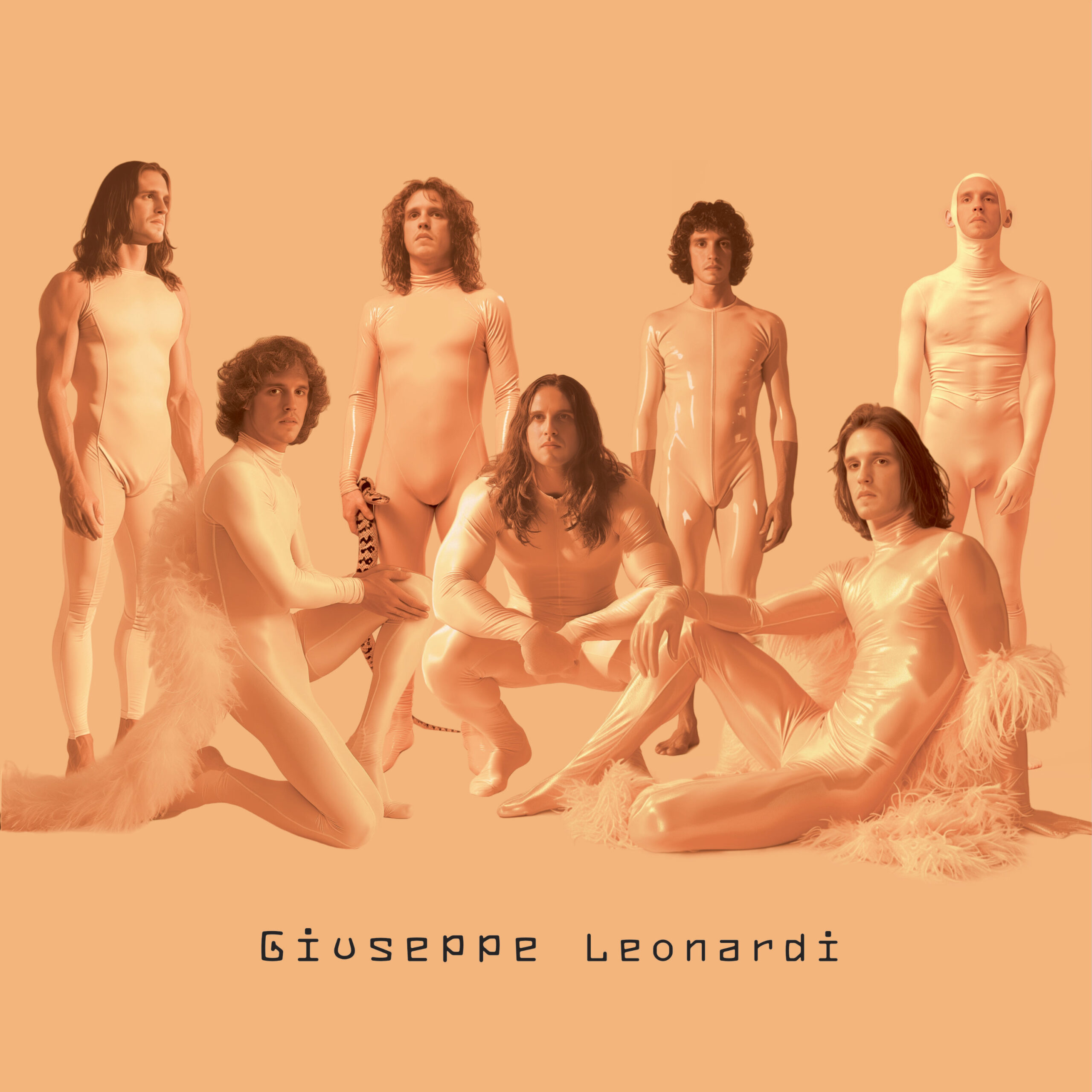
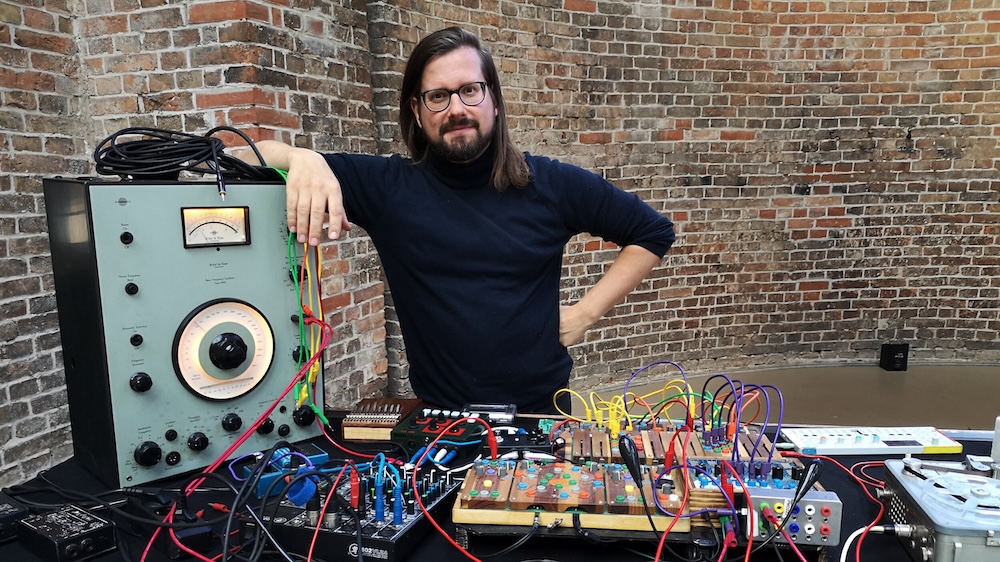



Must Reads
David Holmes – Humanity As An Act Of Resistance in three chapters
As a nation, the Irish have always had a profound relationship with the people of Palestine
Rotterdam – A City which Bounces Back
The Dutch city is in a state of constant revival
Going Remote.
Home swapping as a lifestyle choice
Trending track
Vels d’Èter
Glass Isle
Shop NowDreaming
Timothy Clerkin
Shop Now